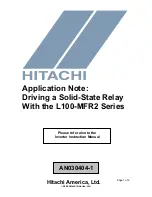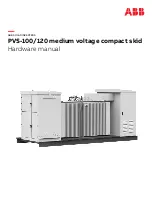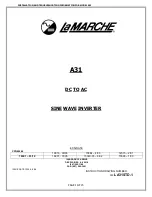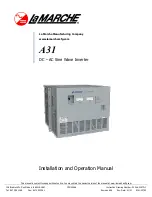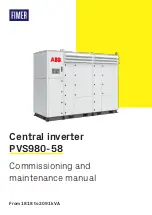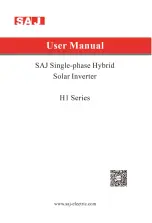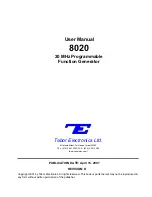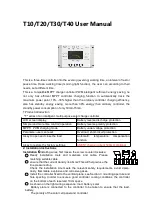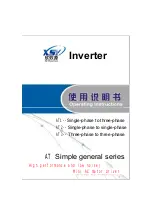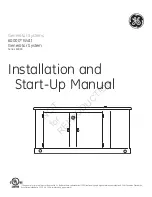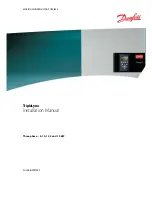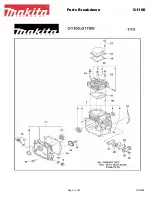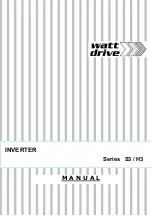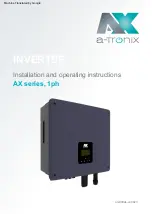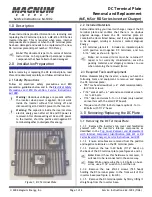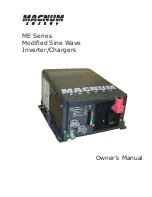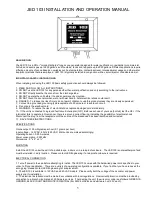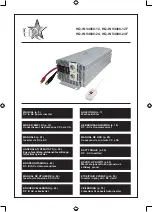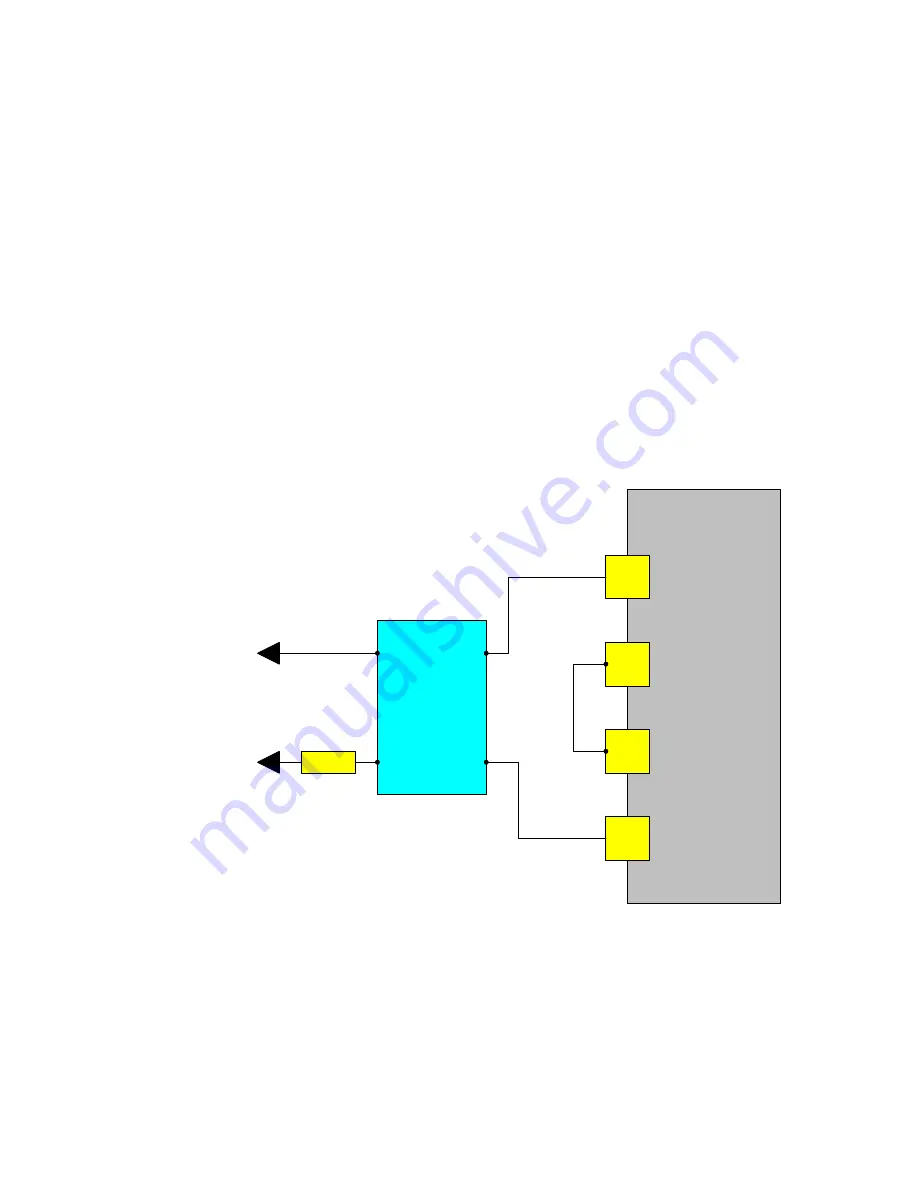
Application Note: L100-MFR2 Series Inverter –
Driving a Solid-State Relay with the Inverter
Intelligent Outputs
Sometimes it may be necessary to drive a relay to activate certain external devices such as
electromechanical brakes or clutches. Typically electromechanical relays have a 24VDC coil voltage. In the
case of the
L100-MFR2
Series of Inverters, such voltage is NOT available on any of the inverter terminals.
However 10 VDC is supplied by the
L100-MFR2
at the
[H]
terminals, and can be used to drive a small
solid-state relay instead. Such relays are typically capable of being driven by 5 – 32 V dc, or some similar
range, and can switch a variety of AC or DC voltage levels.
By using a circuit similar to that in the diagram below, you may drive a solid-state relay, using the drive’s
internal 10 Vdc supply. Terminals
[H], [L], [CM2] and [12]
of the
L100 MFR2
Series Inverters are being
utilized.
Figure 1 – Typical Setup
H
L
CM2
12
L100-MFR2
Hitachi Inverter
Solid-State
Relay
Pos +
Neg -
LOAD
L
N
24-330V AC
Jumper
4-32V DC
Model# G3NA-205B DC-24
was used for this test
Omron Electronics
Note: Any solid-state relay capable of accepting a 10 VDC input should work.
Hitachi America, Ltd.
©
2004 Hitachi America, Ltd.
Page 2 of 2

